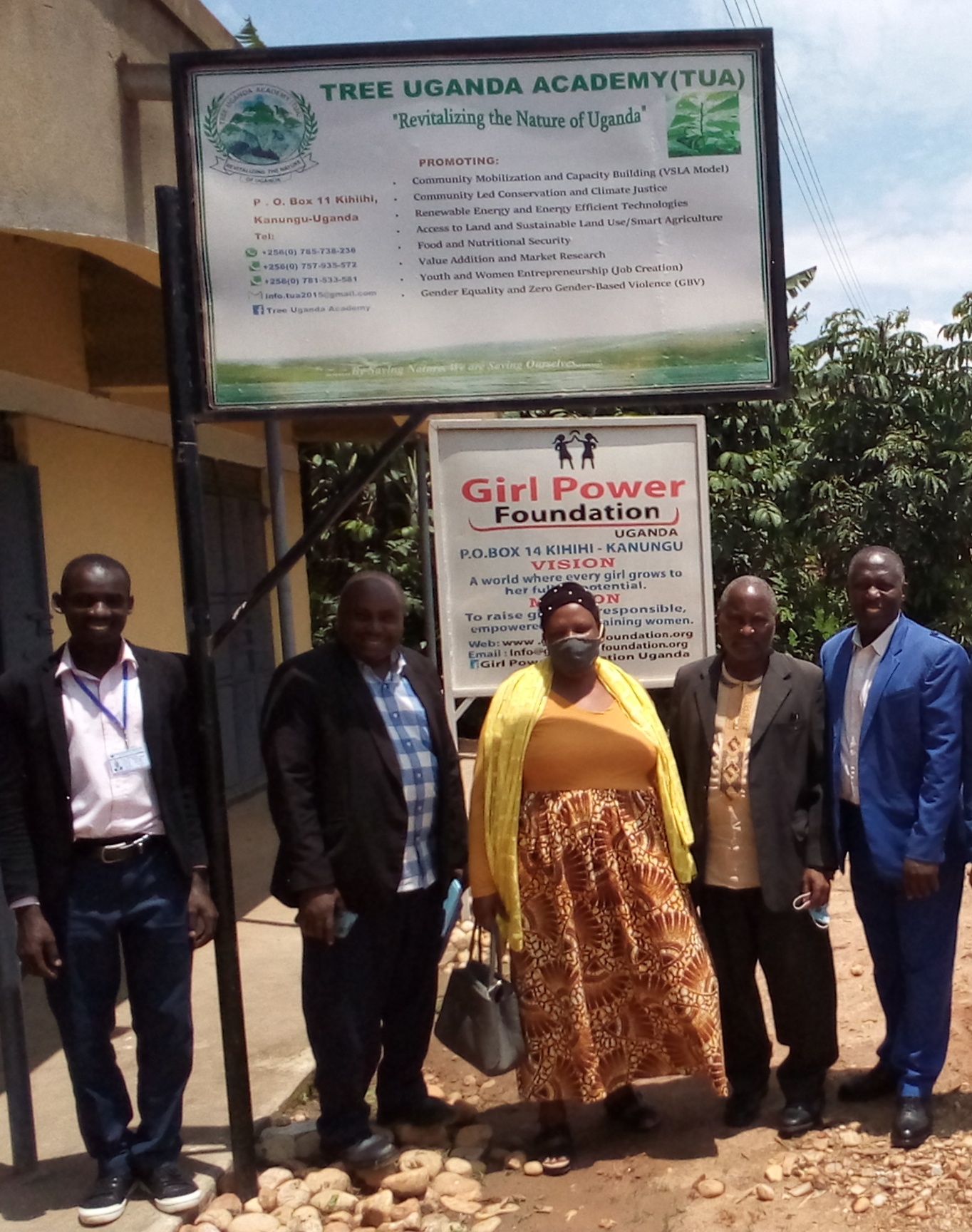This solution emphasizes the importance of the human dimension to achieve long-term success in nature conservation. Its objective is achieved through promotion, dialogue of knowledge, community participation, and self-management. It also functions as a bridge to reach agreements between the conservation vision and the social vision to show that both are compatible. A fundamental part of the implementation of the strategy is education, the creation of relevant and valuable content, and the application of methodological tools that allow us to know and understand the opinions and perceptions of the communities that interact with natural areas.
It is essential to implement creative tools that allow us to innovate the message and translate fieldwork and legal terms into symbols, identity, and cultural appropriation. Nature reserves are the ideal classroom for students and academics. The Adaptive Habitat Management and Awareness and Social Participation strategies work hand in hand to provide educational and outreach experiences. Through walks in the nature reserves, we show the conservation actions carried out in the different projects of the organization and the environmental value and biodiversity.
Environmental Ethics: Since 2018, we are community members of the Leave No Trace Center for Outdoor Ethics that protects the outdoors by teaching and inspiring people to enjoy it responsibly through the learning of the 7 Leave No Trace Principles. In two years, we have graduated two generations of Leave No Trace Trainers at the Punta Mazo Nature Reserve in partnership with the National Outdoor Leadership School.
We are committed to supporting and promoting Leave No Trace's skills and ethics to keep water quality, healthy natural areas, thriving wildlife, and sustainable trails in our protected areas.
Coastal cleanup - We have been a member of the Waterkeeper alliance since 2016, and through the Waterkeeper Bahía San Quintín program, we seek to protect water quality in the bay. We also participate in the International Coastal Cleanup. Every year in September, we commit to clean beaches in collaboration with civil society organizations, businesses, government agencies, educational centers, and the community in general.
